August 1, 2016
One in five UK workers believe their job is less secure due to Brexit vote 0
Around one in five employees in the UK are feeling pessimistic about the security of their current job because of the Brexit vote to leave the EU, a new survey by the CIPD claims. Answering a range of questions, including how they felt about the future as a result of the UK’s vote to leave the EU, around 44 percent of the 1,000 working adults who took part felt pessimistic about the future, with this being particularly high amongst public sector workers (61 percent), voluntary sector workers (58 percent) and people aged 25-34 (63 percent). 22 percent said they felt their job was less secure now. The CIPD’s survey also highlighted incidents of harassment and bullying in the workplace relating to the Brexit decision, with more than one in ten employees saying that they have experienced, witnessed or heard of incidents of harassment or bullying of a political nature and just under one in ten (7 percent) referenced incidents of a racist nature (7 percent).







 The changing energy demands of British cities are revealed in
The changing energy demands of British cities are revealed in 


 How many people in the workplace genuinely trust their managers and employers? It’s a question that we should ask because the answer unfortunately is not as many as you might think. It’s almost certainly well below what an organisation supposes or expects. For example, a recent
How many people in the workplace genuinely trust their managers and employers? It’s a question that we should ask because the answer unfortunately is not as many as you might think. It’s almost certainly well below what an organisation supposes or expects. For example, a recent 
 Working on complex tasks and work that is based on interactions with other people rather than data or things appear to protect against cognitive decline, according to research presented at the Alzheimer’s Association’s International Conference in Toronto. Researchers in two separate studies claim that people whose work requires complex thinking and activities are better able to withstand the wider causes of cognitive decline. The results suggest that working with people, rather than data or physical things, contributed the most to the protective effect and could offset the widely reported effects of a Western diet on cognitive ability. Researchers found that people with increased white matter hyperintensities (WMHs) – white spots that appear on brain scans and are commonly associated with Alzheimer’s and cognitive decline – could better tolerate WMH-related damage if they worked primarily with other people rather than with things or data.
Working on complex tasks and work that is based on interactions with other people rather than data or things appear to protect against cognitive decline, according to research presented at the Alzheimer’s Association’s International Conference in Toronto. Researchers in two separate studies claim that people whose work requires complex thinking and activities are better able to withstand the wider causes of cognitive decline. The results suggest that working with people, rather than data or physical things, contributed the most to the protective effect and could offset the widely reported effects of a Western diet on cognitive ability. Researchers found that people with increased white matter hyperintensities (WMHs) – white spots that appear on brain scans and are commonly associated with Alzheimer’s and cognitive decline – could better tolerate WMH-related damage if they worked primarily with other people rather than with things or data.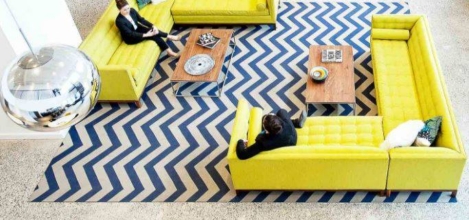
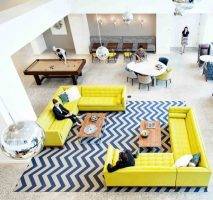 Giving employees more control over workplace design is the single most important contributing factor to their wellbeing, according to a new study. The Workplace & Wellbeing report examines the workplace design factors that influence wellbeing. The research team discovered that an invitation to participate in the design of the work environment raised levels of wellbeing, although increasing the level of participation did not necessarily increase the level of wellbeing. The research was led by the Royal College of Art’s Helen Hamlyn Centre for Design in partnership with architects Gensler and supported by a consortium of leading industry names: Milliken, Bupa, Royal Bank of Scotland, Kinnarps and Shell. The context for this project lies with a current ‘wellbeing deficit’ in the workplace which means absence from work costs the UK economy more than £14 billion a year according to the Confederation of British Industry.
Giving employees more control over workplace design is the single most important contributing factor to their wellbeing, according to a new study. The Workplace & Wellbeing report examines the workplace design factors that influence wellbeing. The research team discovered that an invitation to participate in the design of the work environment raised levels of wellbeing, although increasing the level of participation did not necessarily increase the level of wellbeing. The research was led by the Royal College of Art’s Helen Hamlyn Centre for Design in partnership with architects Gensler and supported by a consortium of leading industry names: Milliken, Bupa, Royal Bank of Scotland, Kinnarps and Shell. The context for this project lies with a current ‘wellbeing deficit’ in the workplace which means absence from work costs the UK economy more than £14 billion a year according to the Confederation of British Industry.




 Office politics is the one thing many young people are least prepared for when starting their first job, according to a new study by the Co-op. The study comes as many them are about to enter the workforce for the first time. With more young people opting for the world of work in the form of apprenticeships and on the job training rather than higher education, the members of ‘Generation Y’ often find they are unprepared for these softer skills needed to get on in the office according to the poll of 1,100 16-25 year olds. Over half of young people (54 percent) said that they were not prepared or informed about office politics. The study is part of the Co-op’s campaign to champion young people in the workplace by taking a closer look at what motivates 16-25 year olds. The research suggests that young people could find it harder to express opinion and ideas in the workplace, which in turn could lead them to feel isolated and unsupported.
Office politics is the one thing many young people are least prepared for when starting their first job, according to a new study by the Co-op. The study comes as many them are about to enter the workforce for the first time. With more young people opting for the world of work in the form of apprenticeships and on the job training rather than higher education, the members of ‘Generation Y’ often find they are unprepared for these softer skills needed to get on in the office according to the poll of 1,100 16-25 year olds. Over half of young people (54 percent) said that they were not prepared or informed about office politics. The study is part of the Co-op’s campaign to champion young people in the workplace by taking a closer look at what motivates 16-25 year olds. The research suggests that young people could find it harder to express opinion and ideas in the workplace, which in turn could lead them to feel isolated and unsupported.
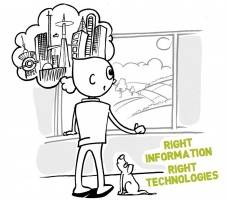
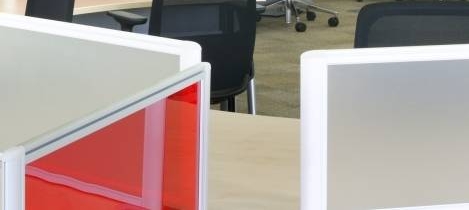
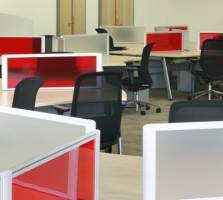









August 2, 2016
What Anaïs Nin can teach us about the way we design and use workplaces
by Mark Eltringham • Comment, Facilities management, Workplace design
(more…)